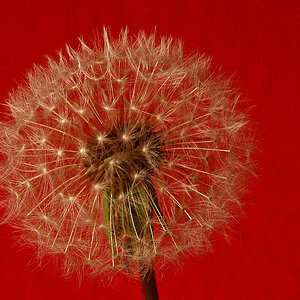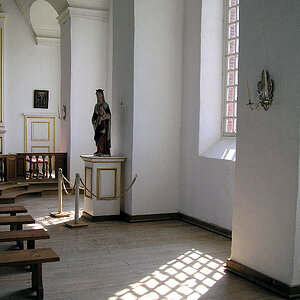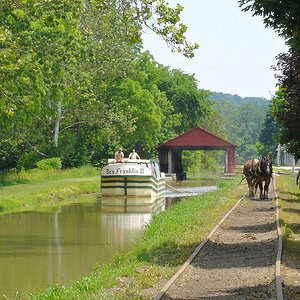shuddering93
TPF Noob!
- Joined
- Jun 2, 2016
- Messages
- 3
- Reaction score
- 0
- Can others edit my Photos
- Photos NOT OK to edit
Hi,
Sorry if this is a silly question. Sometimes when I'm looking at how sharp my photos are, I zoom in and look of course. I usually know what's "sharp enough" I suppose. Aside from that though, how do I know if the quality of my image is good? Some photos I take will look great when they are smaller but then shoddier when they are a bit bigger (for various reasons including focusing issues).
I know that it partly depends on how big I want it to be. I'm not looking to shoot any HD photos for a billboard or large poster or anything. But is there some sort of convention here?
I usually use a Canon t4i and a Canon 50mm prime.
Hope I'm making sense! Thanks!
Sorry if this is a silly question. Sometimes when I'm looking at how sharp my photos are, I zoom in and look of course. I usually know what's "sharp enough" I suppose. Aside from that though, how do I know if the quality of my image is good? Some photos I take will look great when they are smaller but then shoddier when they are a bit bigger (for various reasons including focusing issues).
I know that it partly depends on how big I want it to be. I'm not looking to shoot any HD photos for a billboard or large poster or anything. But is there some sort of convention here?
I usually use a Canon t4i and a Canon 50mm prime.
Hope I'm making sense! Thanks!





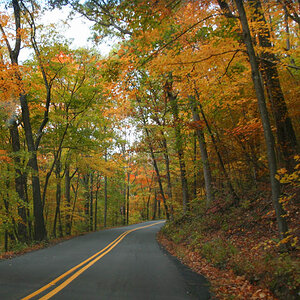
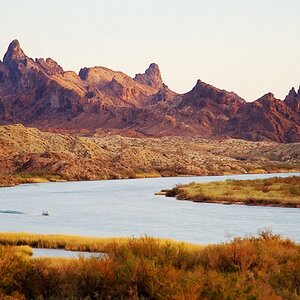
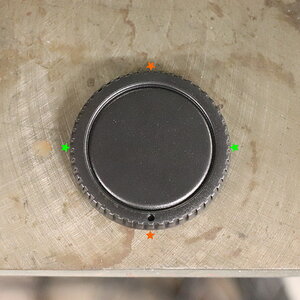

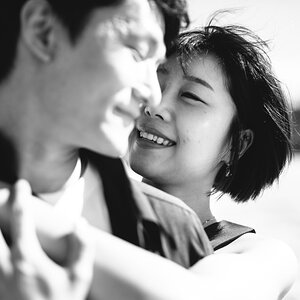
![[No title]](/data/xfmg/thumbnail/36/36600-689bc868e20f53581a083c9054ee0e47.jpg?1619737641)
